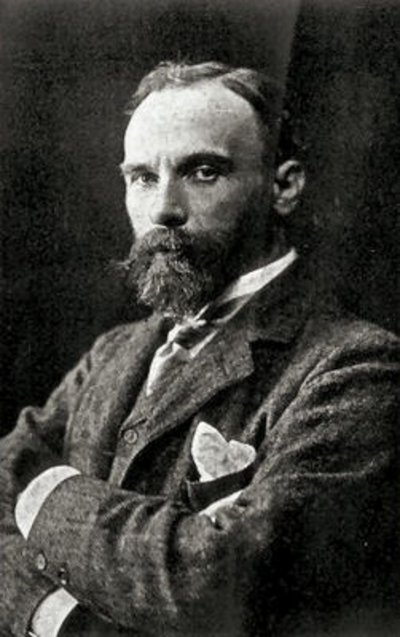Gather Ye Rosebuds While Ye May is an oil painting in the Pre-Raphaelite Group of English artists formed in 1848 to counter what they saw as the corrupting influence of the late-Renaissance painter Raphael. style by John William Waterhouse
Group of English artists formed in 1848 to counter what they saw as the corrupting influence of the late-Renaissance painter Raphael. style by John William Waterhouse English artist known primarily for his depictions of women set in scenes from myth, legend or poetry. He is the best known of that group of artists who from the 1880s revived the literary themes favoured by the Pre-Raphaelites. (1849–1917), created in 1909. It was the second of two paintings he produced with the same title.[1]
English artist known primarily for his depictions of women set in scenes from myth, legend or poetry. He is the best known of that group of artists who from the 1880s revived the literary themes favoured by the Pre-Raphaelites. (1849–1917), created in 1909. It was the second of two paintings he produced with the same title.[1]
The bucolic scene, in which two young women in an idyllic natural setting are engaged in the act of gathering flowers, was inspired by the 17th-century poem “To the Virgins, to Make Much of Time” by Robert Herrick which begins:[1]
Gather ye rosebuds while ye may,
Old Time is still a-flying;
And this same flower that smiles today,
Tomorrow will be dying.
The Waterhouse biographer Peter Trippi has suggested that the painting may also have been inspired by the mythological tale of Persephone, daughter of the Harvest Goddess Demeter, who was abducted by Hades while picking flowers on the plain of Enna.[2]
The painting was bought by Sir Brodie Henderson in 1909. Trippi has speculated that Brodie may have commissioned the painting, as it is the only known work by Waterhouse to incorporate a curved top.[2]
After the painting’s appearance in a magazine photograph in 1911,[1] it was lost until its discovery in an old Canadian farmhouse in 1973. The couple who were buying the property asked its owners to include the painting they had seen hanging on the wall in the sale. Although the new owners knew it was by Waterhouse, they had no idea of its worth or even that it was missing. Nobody knows how the painting ended up in the house, although it is confirmed to have been in Canada since 1959.[3]
The artwork was valued at $1.75–2.5 million by Sotheby’s prior to auction in April 2007, but failed to meet its reserve and remains in private hands.[1][2][4]
See also
- Gather Ye Rosebuds While Ye May (1908)
 Painting in the Pre-Raphaelite style by John William Waterhouse (1849–1917), the first of two paintings he produced with the same title.
Painting in the Pre-Raphaelite style by John William Waterhouse (1849–1917), the first of two paintings he produced with the same title.

